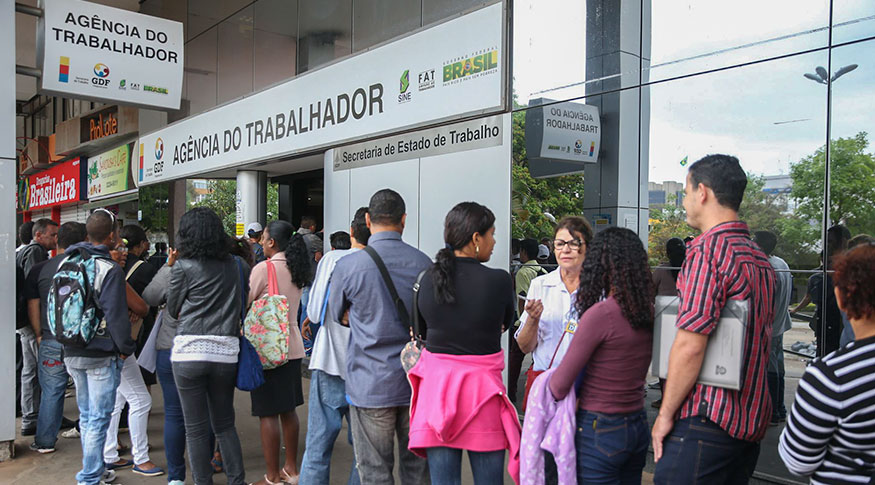RIO DE JANEIRO, BRAZIL – (Reuters) Brazil’s unemployment rate rose to 12.2 percent in the three months through March, statistics agency IBGE said on Thursday, marking the biggest rise in three years even though coronavirus was not the major factor and has yet to be fully reflected in the data.
Shortly after the figures were released, privatization secretary Salim Mattar said the unemployment rate could double due to the coronavirus crisis, adding that the picture will only become clearer around July and August.

“We already had a high unemployment rate in Brazil. It may increase between 50 to 100 percent of what it was before,” Mattar said in a live online event hosted by Credit Suisse.
Although the 12.2 percent rate was less than economists had expected, the rise from 11.6 percent in the three months to February was the largest from one three-month period to the next since early 2017.
The median forecast in a Reuters poll projected an unemployment rate of 12.5 percent.
Compared with the three months to December last year, the unemployment rate in Latin America’s largest economy jumped 1.3 percentage points, meaning more than 1 million Brazilians joined the jobless lines over the period.
That marked a 10.5 percent increase from the final quarter of last year, and means the number of Brazilians officially out of work now stands at almost 13 million.
IBGE research analyst Adriana Beringuy said the increase was mostly due to seasonal factors, not the coronavirus-related impact of the subsequent social isolation and the sudden halt to large swathes of activity across the economy.
“That didn’t apply to much of the quarter. I cannot say whether the impact of the pandemic was large or small, not least because we are talking about a quarter with seasonal movements,” Beringuy said.
She added, however, that for some sectors, the coronavirus impact would have been “more intense.”
Other indicators also pointed to a labor market weakening across the board.
The number of people out of the workforce rose to 67.3 million, a record high since the data series began eight years ago, and the underemployment rate jumped to 24.4 from 23.0 percent, IBGE said.
Some 27.6 million people are now underemployed, up from 26.1 million in the last three months of last year, IBGE added.
Economists at Citi said this week they expect the unemployment rate to reach 17% later this year.
Source: Reuters

